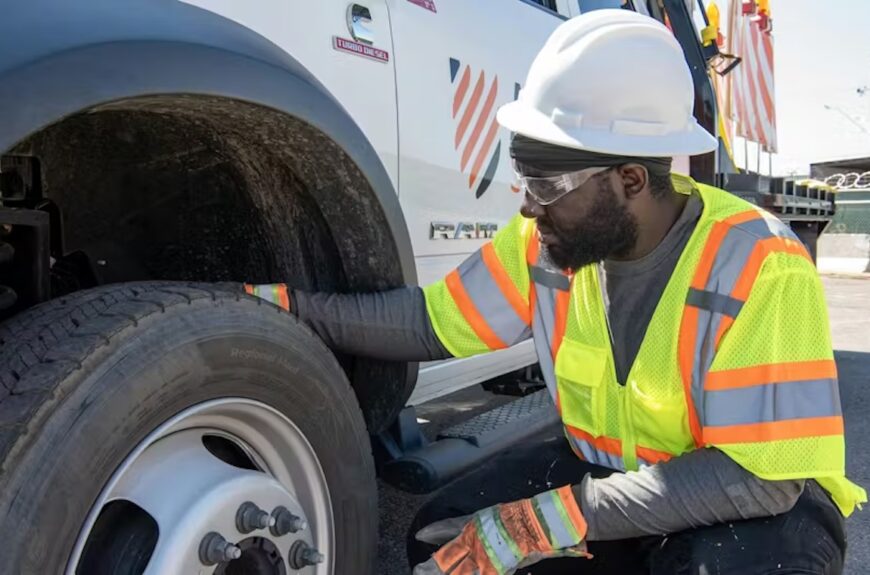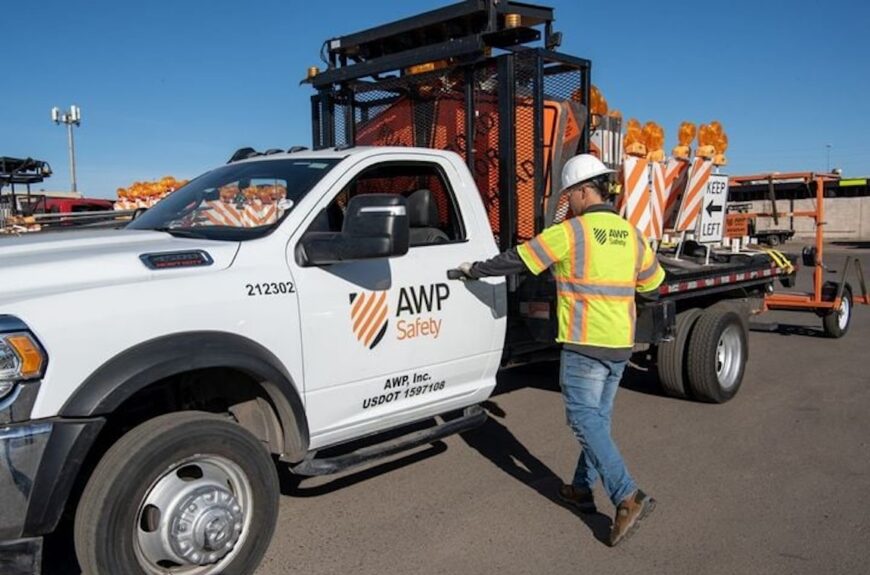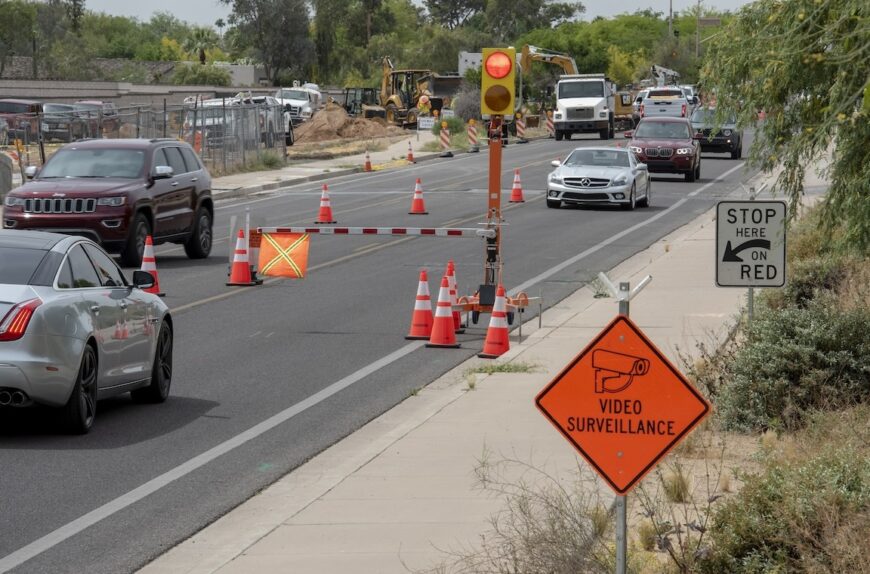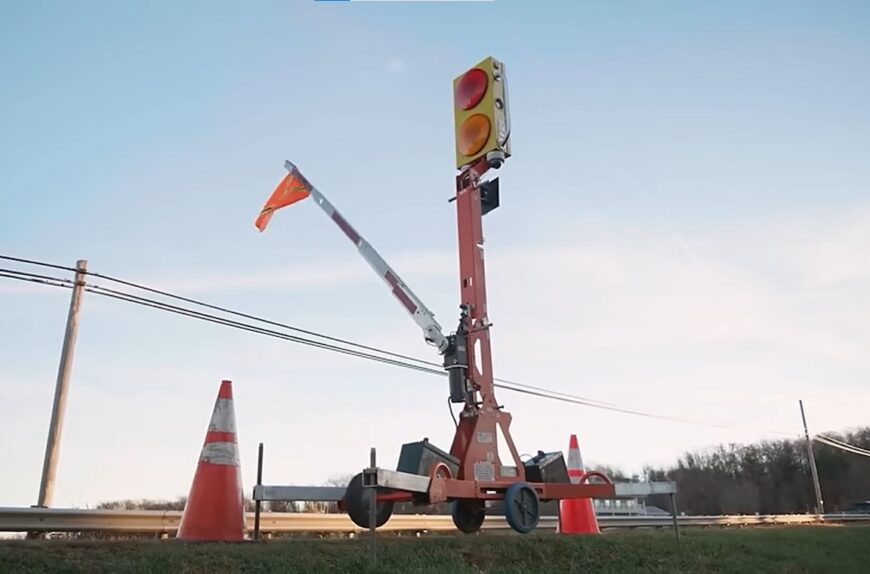
Senior EHS Director Advises on the Crucial Need for Work Truck Training

National Work Zone Awareness Week reminds us that as construction season ramps up, road construction managers and fleet decision-makers must stay ahead of safety concerns—especially when it comes to large trucks operating in and around work zones.
The latest data from the Federal Motor Carrier Safety Administration is concerning: in 2021, crashes involving large trucks resulted in 5,700 fatalities, an 18% increase from the previous year and a staggering 49% jump over the past decade.
Additionally, 117,300 large trucks were involved in crashes that caused injuries—a 12% rise from 2020.
There’s no room for guesswork when it comes to work truck safety. Operators need the right tools to stay safe—on the road and on the worksite. With that in mind, here are some tips to consider:
Essential Training
Work truck operators do more than just get from point A to point B. They work in active, often unpredictable environments that demand sharp skills and sound judgment—both of which come from proper training. Work truck safety isn’t just about knowing the rules—it’s about knowing how to apply them in tough situations. These are the must-have training areas every operator should focus on:
- Defensive driving is all about staying one step ahead. By learning to recognize hazards, react quickly and drive proactively, work truck operators can greatly reduce the risk of collisions.
- Navigating a construction zone requires more than just driving skills. Work truck operators must understand signage, lane positioning and how to communicate effectively with flaggers and on-site crews.
- Every load is different, but the principles of safe cargo handling stay the same. Operators must know how to distribute weight, secure equipment and unload properly to prevent accidents.
- Emergencies don’t come with a warning sign. Work truck operators need hands-on training to handle breakdowns, accidents and other high-stress situations effectively.
Enter TEchnology
The future of work truck safety is already here. Cutting-edge technology helps operators reduce risk, improve response times and prevent costly—and potentially deadly—accidents. From real-time alerts to automatic braking, modern safety tech is making a difference. Here are some of the most powerful tools available:
- Even the best drivers can’t predict everything—but Advanced Driver-Assistance Systems (ADAS) come pretty close. With features like automatic braking and lane departure warnings, they help prevent accidents before they even have a chance to happen.
- Ever wish you could ride along with every driver at once? Telematics makes that possible—tracking speed, braking and risky habits so fleet managers can step in before bad driving turns into a real problem.
- Backing up a big work truck? No problem. With 360-degree camera systems, drivers get a full picture of what’s behind, beside and around them.
- Heavy trucks and sharp turns don’t mix—unless you have stability control. It helps prevent rollovers by keeping everything balanced, no matter what the road throws at you.
Don’t Forget
Sometimes, the simplest habits are the most important. These routine steps might seem small, but they go a long way in preventing accidents and keeping everyone safe.
- Preparing a written daily vehicle inspection report isn’t an option—it’s the law (Federal Law 49 CFR 396.11 and 396.13 to be exact). DVIRs aren’t just paperwork; they ensure work trucks are safe, roadworthy and ready for the job ahead.
- When temperatures soar, drinking water isn’t enough. Fatigue, dizziness, confusion—heat-related illnesses don’t always start with passing out, and proper training helps workers spot the warning signs early.
Bottom Line
One distracted moment can lead to disaster—but the right safety measures can prevent it. Combining driver training, vehicle technology and fleet management helps reduce risks and keep work zones safer.
To learn more about how AWP Safety can help improve your work zones, contact your local sales representative, or request an estimate.



